
What to do in the ornamental garden
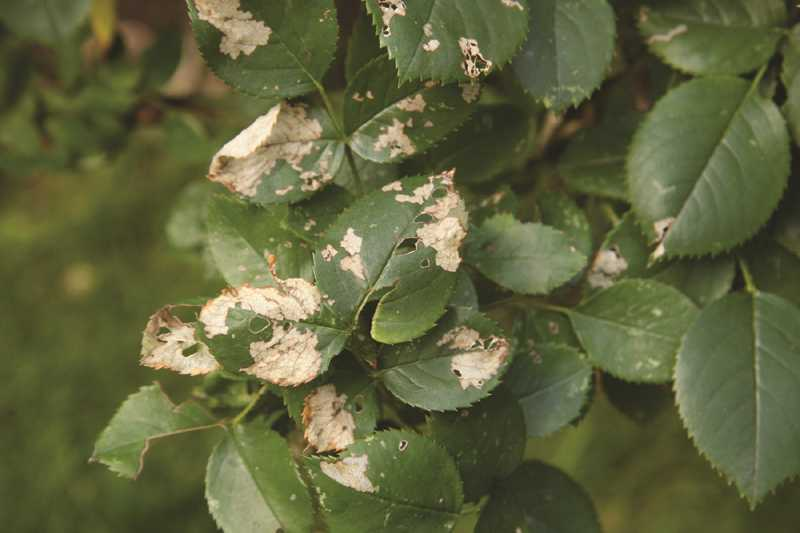
Go on pest patrol. By regularly inspecting your rose bushes for pests and diseases and eliminating problems early on, you’ll enjoy strong, healthy plants and beautiful, fragrant blooms all the way through fall. Monitor now for rose slugs (Arge ochropus), evidenced by raggedy, semi-transparent, skeletonized leaves. This not only ruins the appearance of your rose bushes but diminishes their ability to photosynthesize, resulting in weaker plants. Manage small infestations by pruning out infected leaves and picking off and destroying the pests. You can also hose them off with a blast of water. If needed, treat heavier infestations with an insecticidal soap or a spinosad-based spray, being sure to spray both upper and lower sides of the leaves. If you treat an infestation promptly, you’ll interrupt the life cycle of this sawfly larva, preventing future infestations from ravaging your rose bushes.
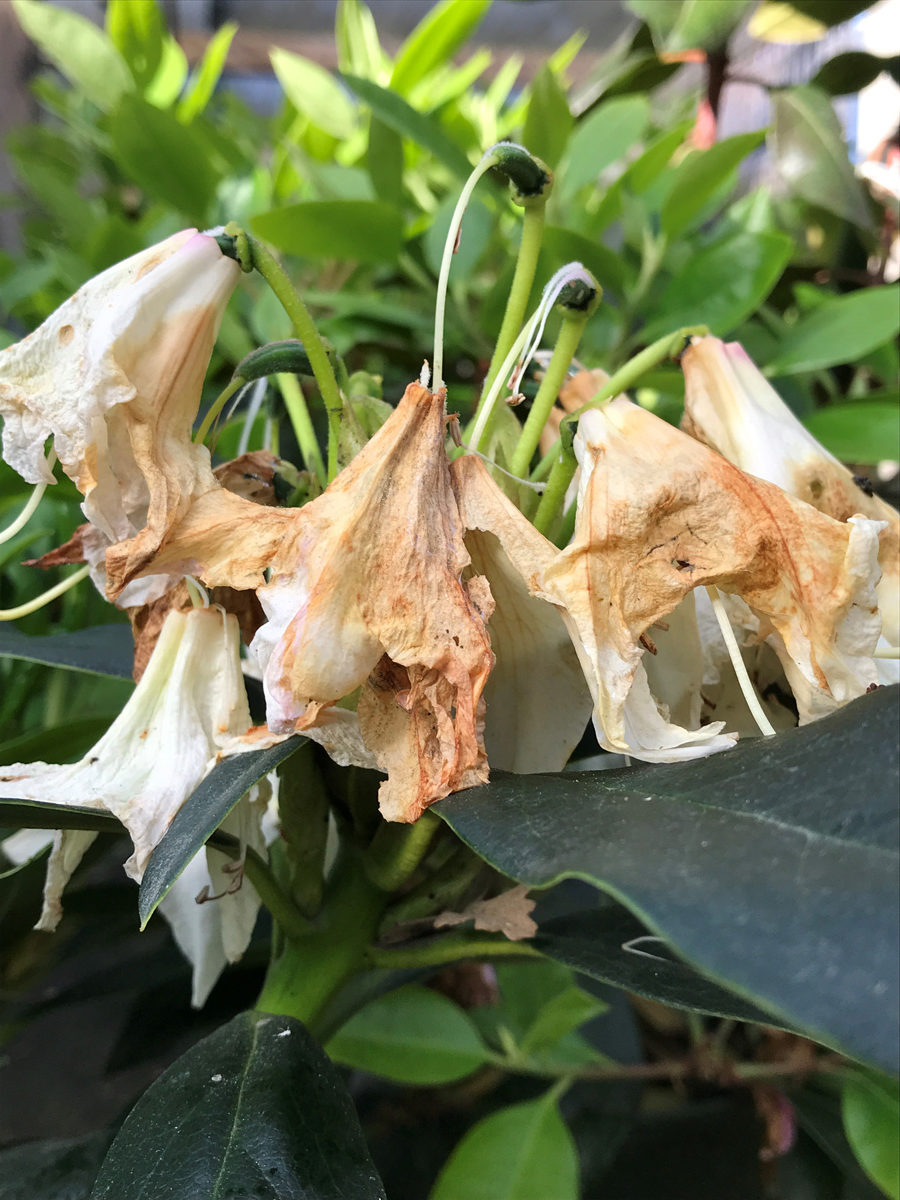
Deadhead and prune rhododendrons. Most rhododendron (Rhododendron spp. and cvs., Zones 4–9) varieties will have finished blooming by mid-month. Immediately after flowering, deadhead (by twisting off faded flower heads) to prevent seed production and promote vigorous vegetative growth and buds for next year’s blooms instead. These flowering buds are just under the old heads and will begin to develop shortly after flowering, so if you decide to prune the shrub, be careful you don’t cut back too far—unless your rhododendron needs shaping or pruning to correct legginess.

Plant pollinator-magnet perennials. It’s a fantastic time to add to your collection of ornamental perennials, filling in any gaps remaining in your garden beds. With longer days and abundant late spring sunshine, choices are at their best in your local garden center in May. Why not plant yarrow (Achillea spp. and cvs., Zones 3–9), anise hyssop (Agastache foeniculum and cvs., Zones 4–11), or lavender (Lavendula spp. and cvs., Zones 4–10) now to attract beneficial pollinators to your garden? Consider popping in a few hummingbird favorites such as ‘Firebird’ penstemon (Penstemon ‘Firebird’, Zones 6–9b) or pineapple sage (Salvia elegans, Zones 8–11). You can easily create a living hummingbird feeder by planting an eye-catching fuchsia (Fuchsia spp. and cvs., Zones 6–11) in an attractive hanging basket.
What to do in the edible garden
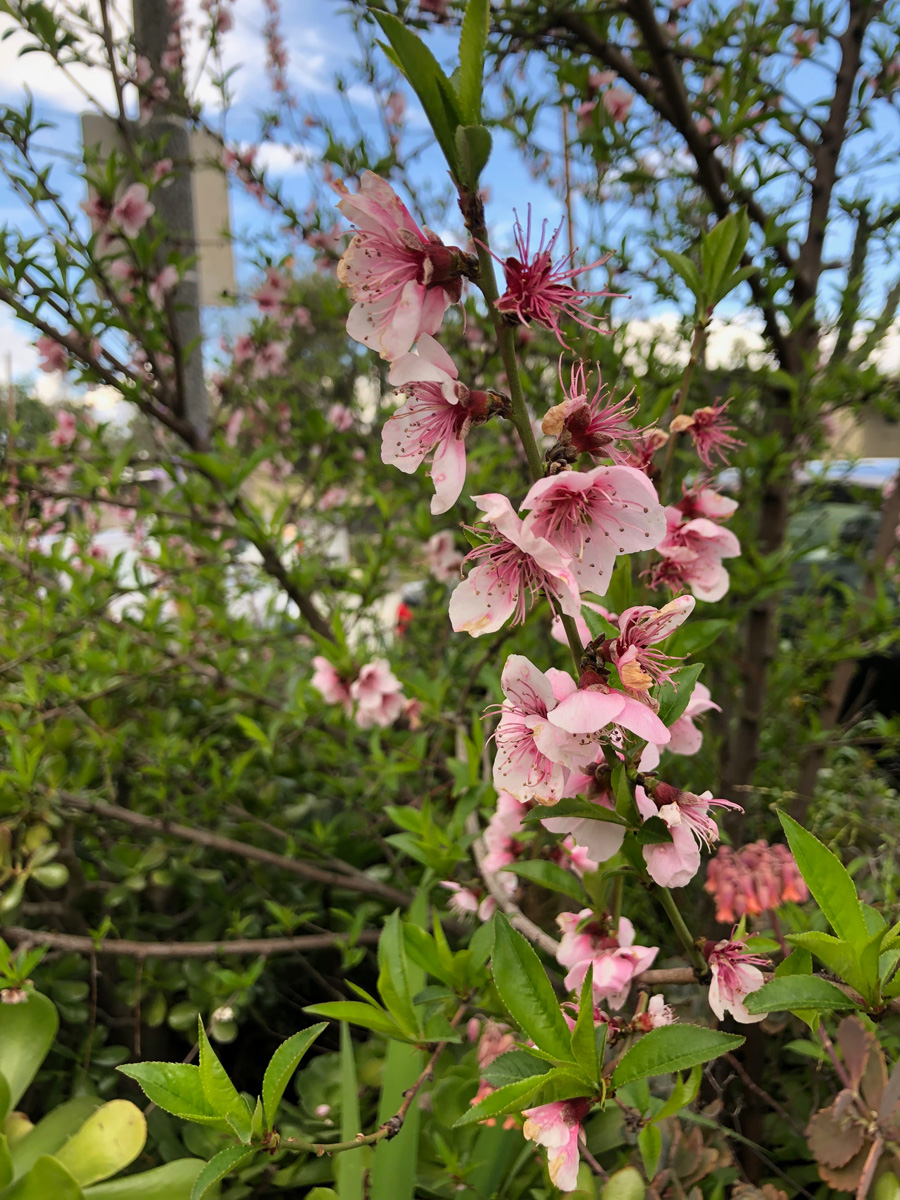
Thin emerging fruits on fruit trees. Before they reach an inch in diameter, it’s time to reduce the number of young fruits on your fruit trees to avoid limb damage from a heavy load of mature fruit and to ensure bigger, better quality at harvest time. Less crowded fruit receives better air circulation, which helps prevent disease problems. They also receive more sunlight, improving fruit color and flavor. Thin by breaking up the fruit clusters, removing smaller, injured, or misshapen fruits so that just one or two fruits of each cluster remain, leaving about 4 to 6 inches between them.
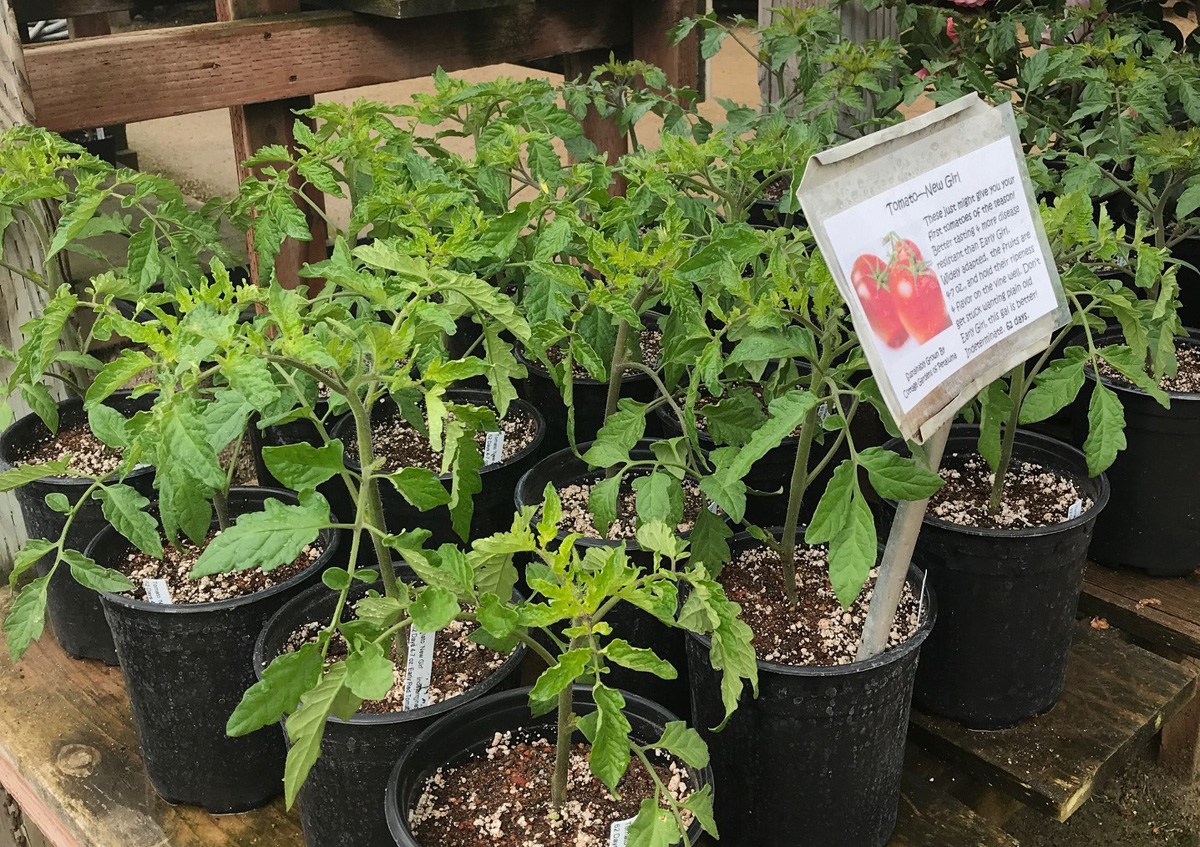
Plant your last-minute veggies. It’s your last chance to plant transplants of tomatoes, eggplant, squash, melons, pumpkins, and cucumbers and to direct seed beans and corn. Be sure to have an irrigation plan in place and to amend your soil well, digging in a healthy dose of rich, well-aged compost before planting.
When it comes to water …
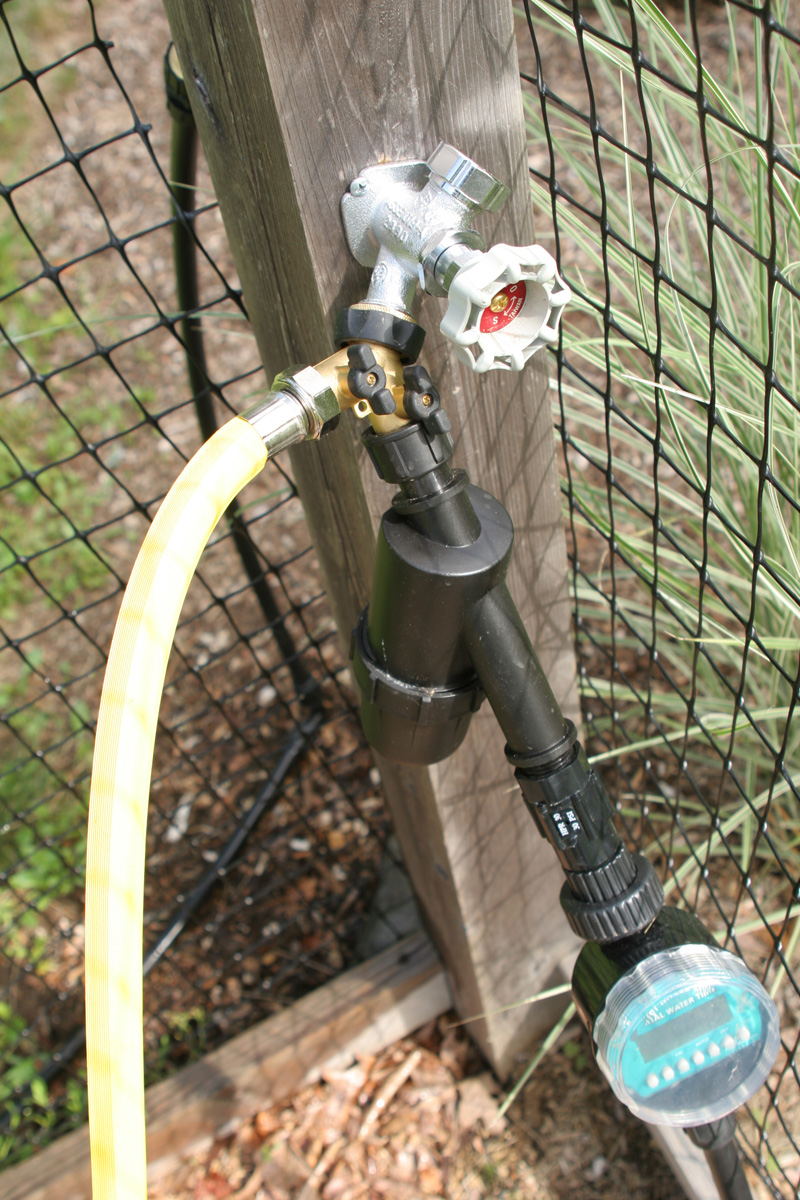
Recheck your irrigation system now that the weather is warming up and the spring rains are fewer and farther between. Your growing plants need regular hydration, and a break or leak in the system or a blocked emitter could result in stress or even death if not caught in time.
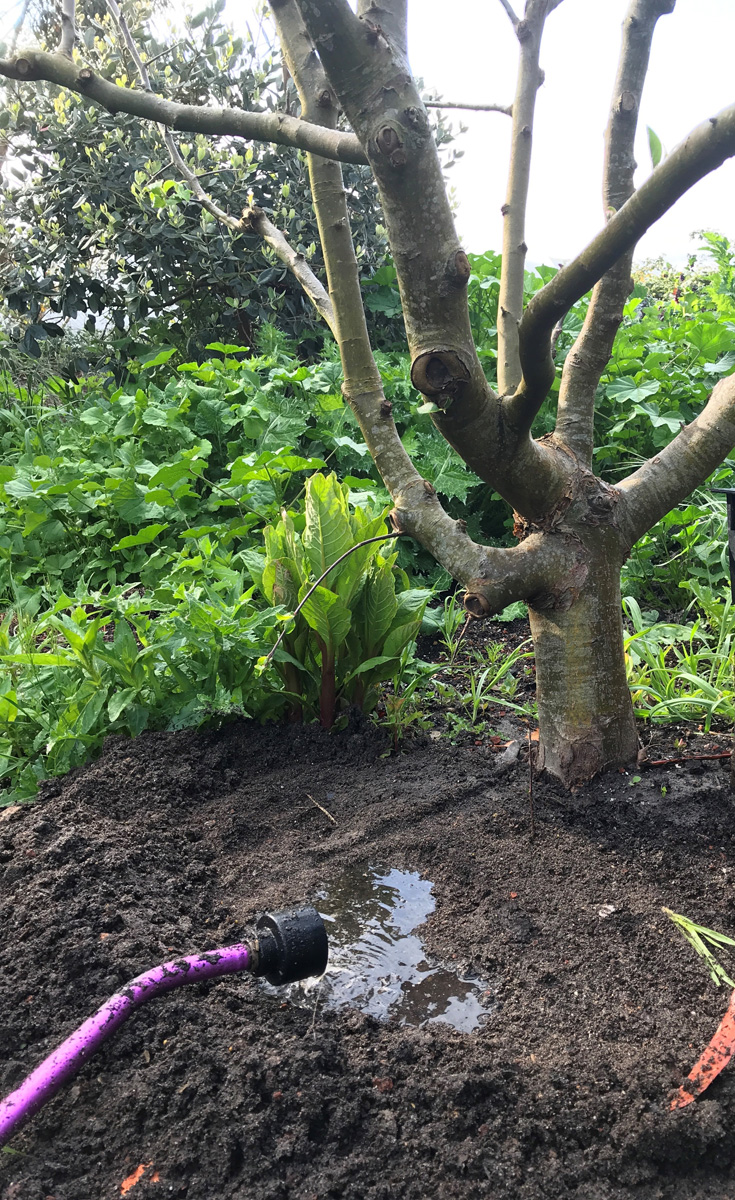
Begin your deep watering schedule for your deep-rooted ornamental and fruiting trees. Deeply watering your trees recharges deeper soil layers, promotes deeper root systems, and improves your trees’ resiliency. Once every three to four weeks is adequate for most established trees, with younger plants doing best with two deep soakings per month. Slowly soak (a soaker hose is ideal) the entire area beneath the tree canopy, extending 2 to 3 feet beyond the drip line and moistening the soil to a depth of 10 inches each time you water. Avoid soaking the area directly around the trunk to prevent rot.
—Fionuala Campion is the owner and manager of Cottage Gardens of Petaluma in Petaluma, California.


















Comments
Log in or create an account to post a comment.
Sign up Log in